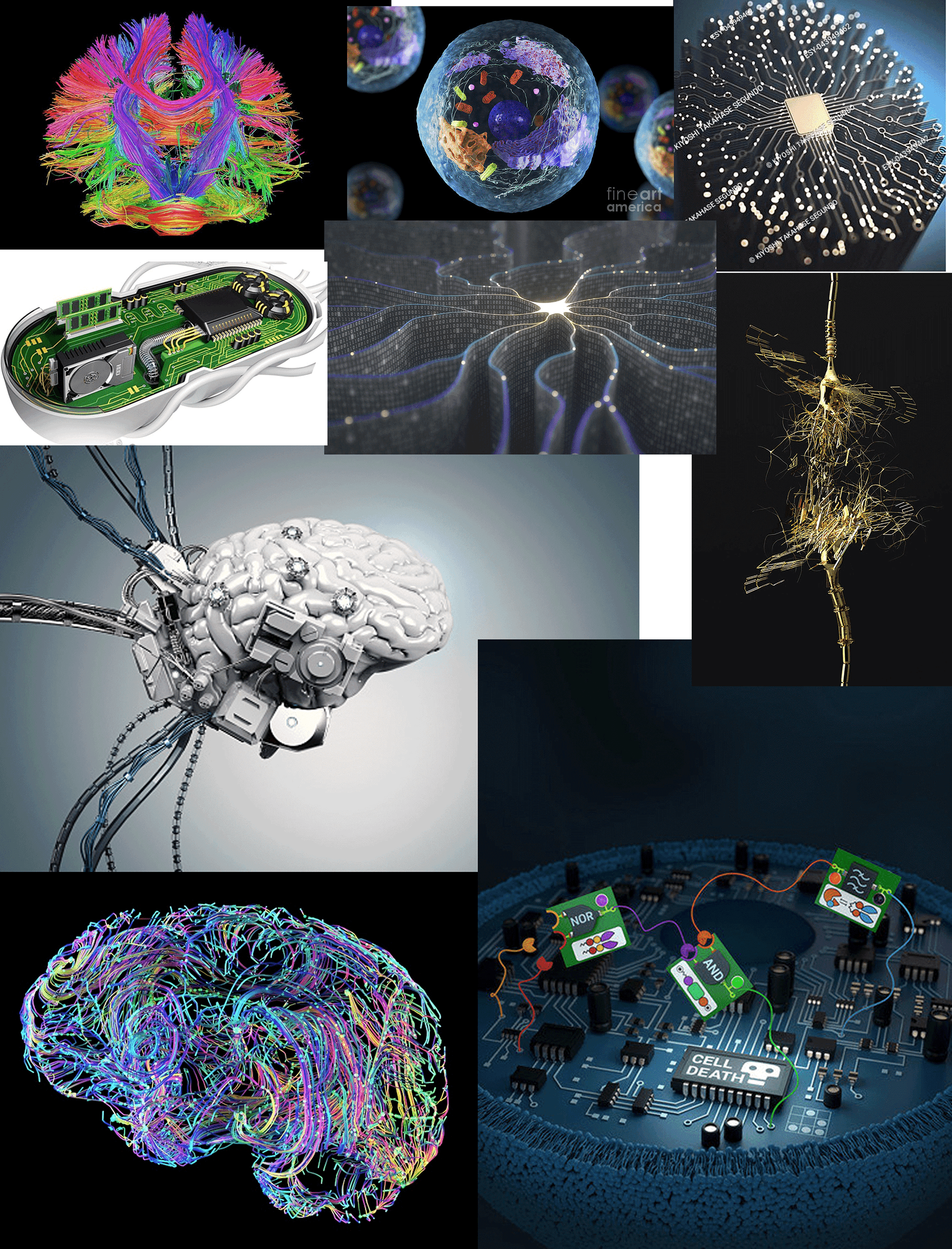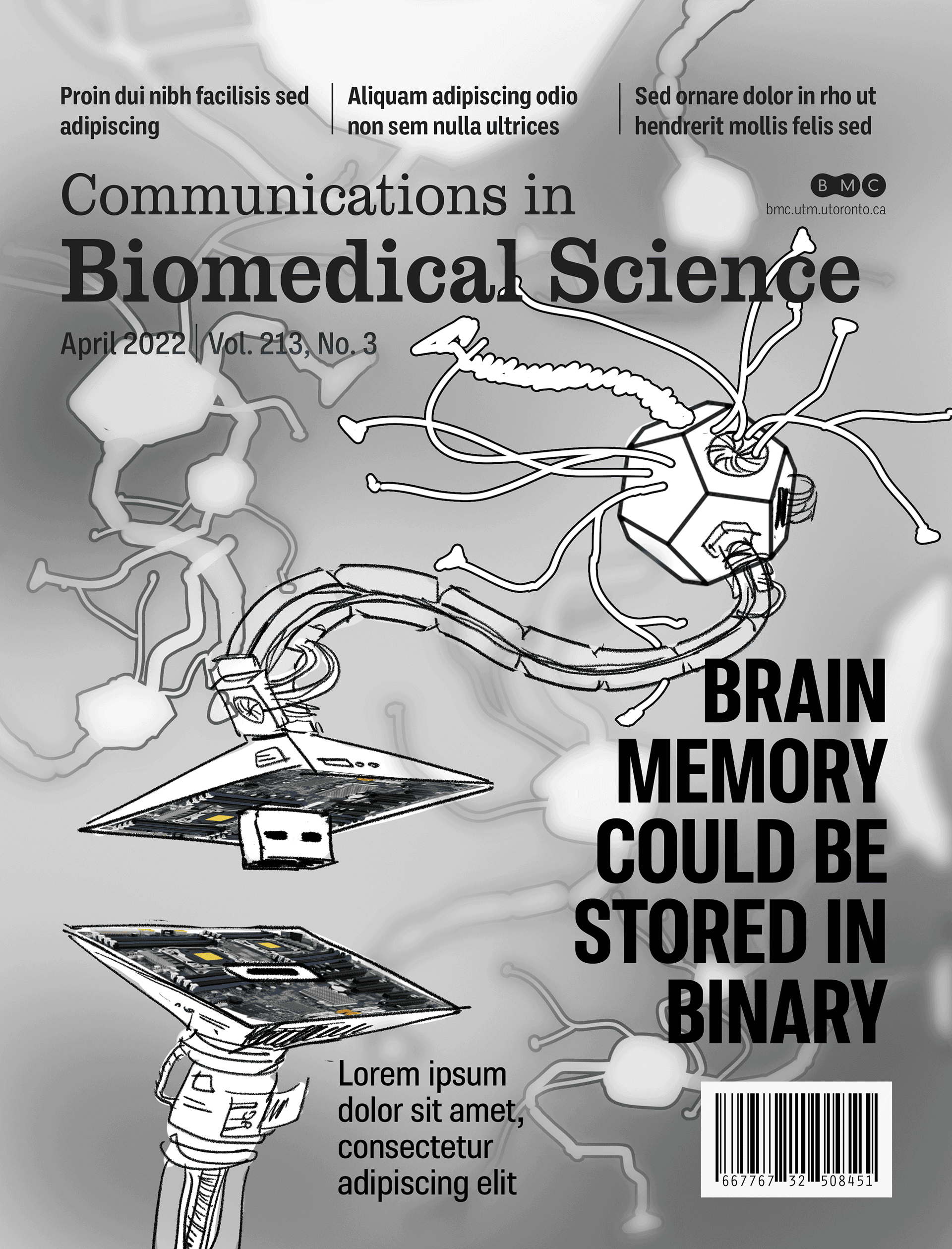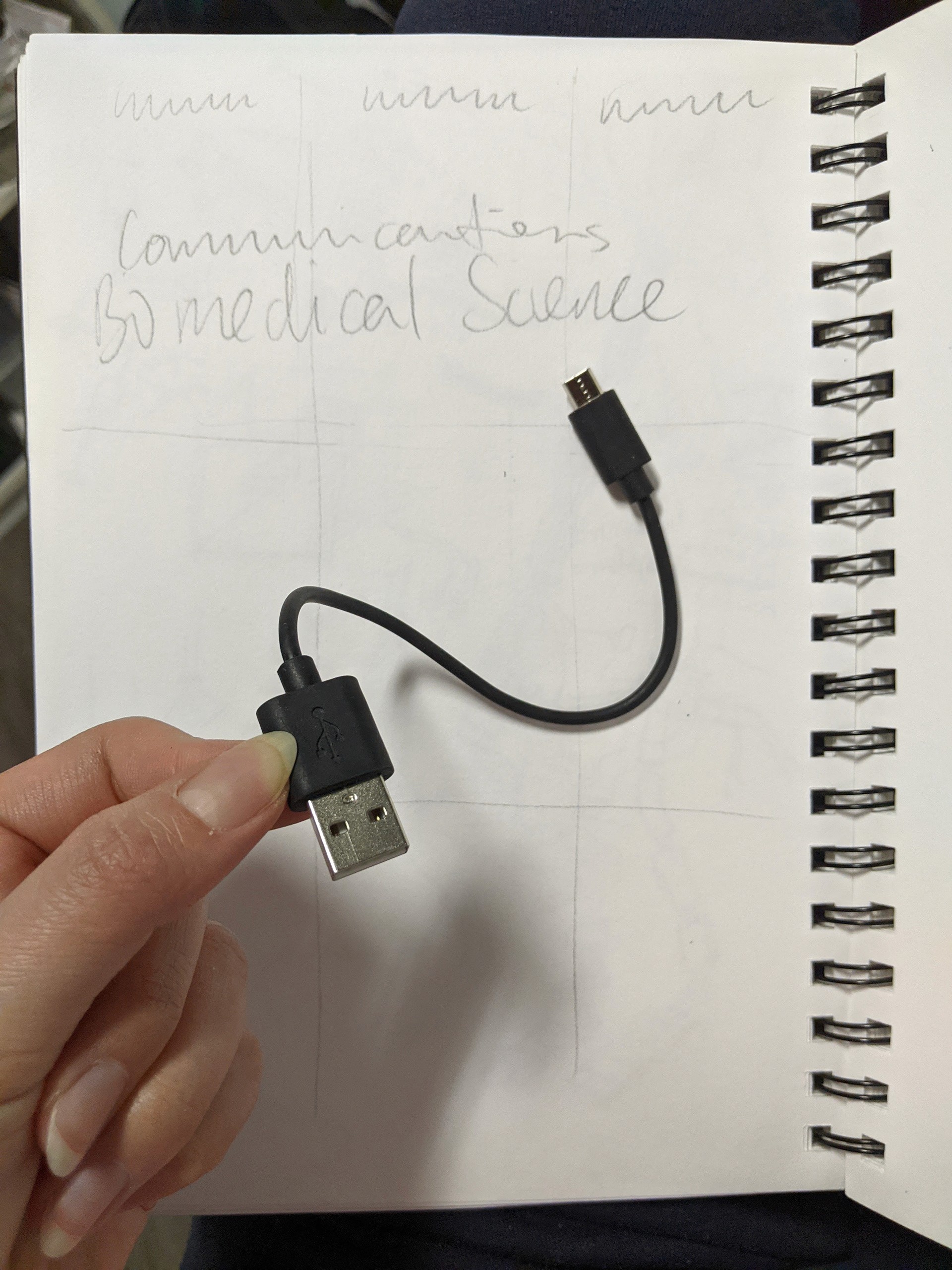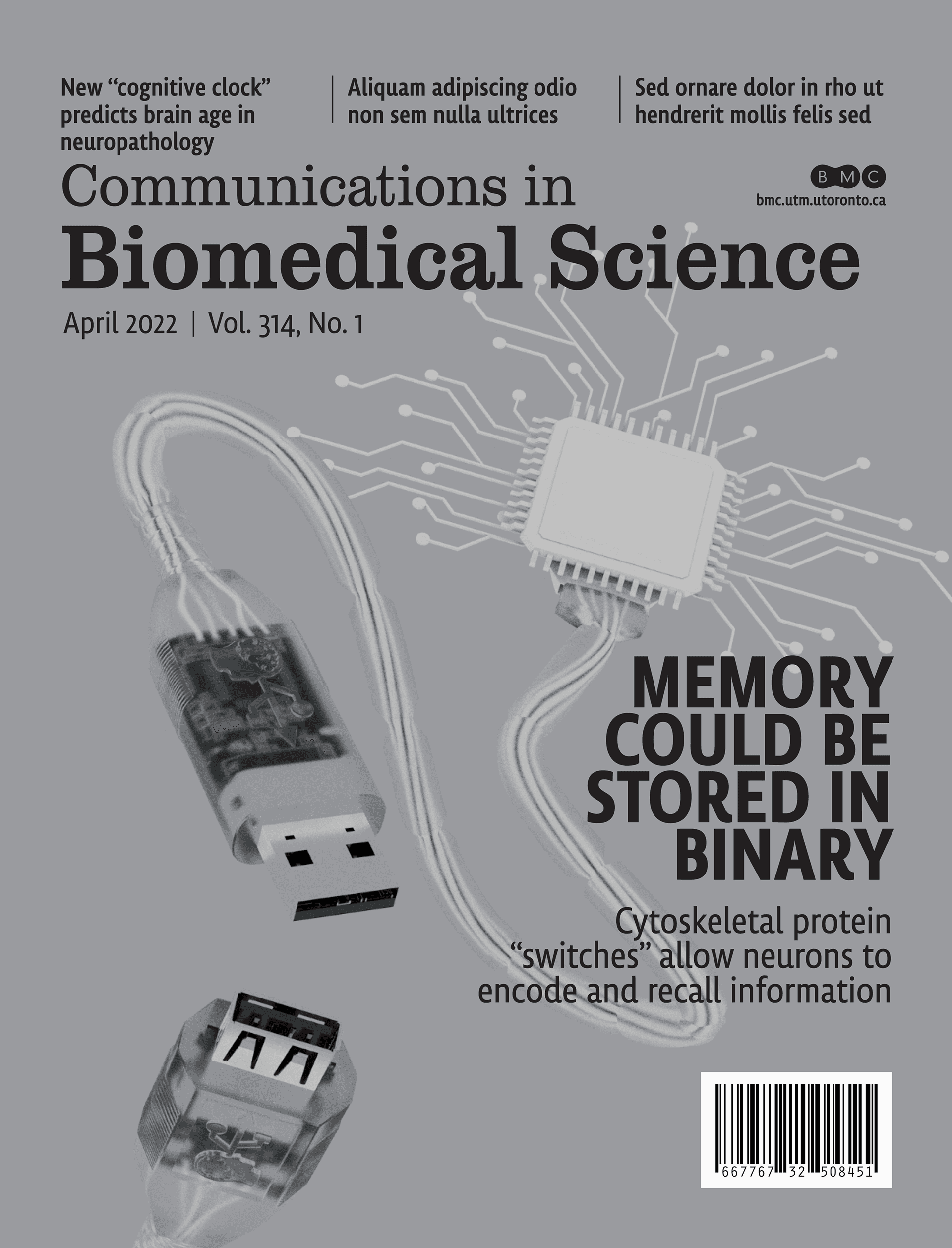The Mechanical Basis of Memory
The Mechanical Basis of Memory
The Mechanical Basis of Memory
Editorial journal cover illustration on an emerging neuroscience theory describing a "binary" mechanism of memory storage and retrieval.
Editorial journal cover illustration on an emerging neuroscience theory describing a "binary" mechanism of memory storage and retrieval.
Editorial journal cover illustration on an emerging neuroscience theory describing a "binary" mechanism of memory storage and retrieval.
Editorial Illustration 3D Illustration Art Direction
Editorial Illustration 3D Illustration Art Direction
Editorial Illustration 3D Illustration Art Direction
Client
Coursework
Tools
Autodesk Maya, Arnold Renderer Adobe Illustrator Adobe Photoshop
Client
Coursework
Tools
Autodesk Maya, Arnold Renderer Adobe Illustrator Adobe Photoshop
Client
Coursework
Tools
Autodesk Maya, Arnold Renderer Adobe Illustrator Adobe Photoshop

Publication featured: Goult, B. T. (2021). The Mechanical Basis of Memory – the MeshCODE Theory. Frontiers in Molecular Neuroscience, 14. https://doi.org/10.3389/fnmol.2021.592951

Publication featured: Goult, B. T. (2021). The Mechanical Basis of Memory – the MeshCODE Theory. Frontiers in Molecular Neuroscience, 14. https://doi.org/10.3389/fnmol.2021.592951

Publication featured: Goult, B. T. (2021). The Mechanical Basis of Memory – the MeshCODE Theory. Frontiers in Molecular Neuroscience, 14. https://doi.org/10.3389/fnmol.2021.592951
Approach
The objective was to develop an editorial cover illustration for an academic journal on any emerging research publication of choice. This piece explored the communication challenge of depicting the human neuron as a recognizable "computer", which requires effectively balancing two modes of depiction (mechanical and organic) across two scales of scientific realism (visual and structural).
Approach
The objective was to develop an editorial cover illustration for an academic journal on any emerging research publication of choice. This piece explored the communication challenge of depicting the human neuron as a recognizable "computer", which requires effectively balancing two modes of depiction (mechanical and organic) across two scales of scientific realism (visual and structural).
Approach
The objective was to develop an editorial cover illustration for an academic journal on any emerging research publication of choice. This piece explored the communication challenge of depicting the human neuron as a recognizable "computer", which requires effectively balancing two modes of depiction (mechanical and organic) across two scales of scientific realism (visual and structural).
Process










